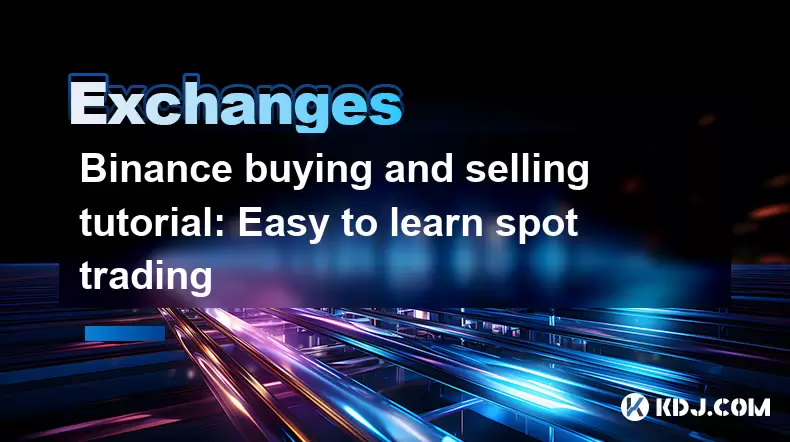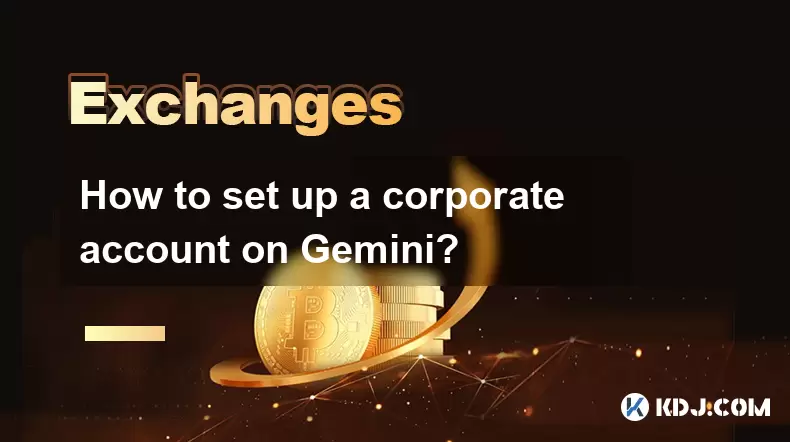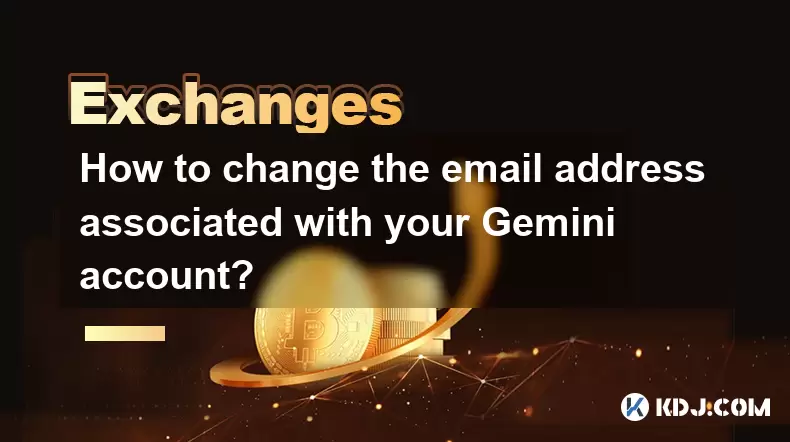-
 Bitcoin
Bitcoin $114200
0.00% -
 Ethereum
Ethereum $3637
0.56% -
 XRP
XRP $2.950
-2.01% -
 Tether USDt
Tether USDt $0.9999
0.02% -
 BNB
BNB $761.0
0.55% -
 Solana
Solana $164.1
-1.38% -
 USDC
USDC $0.9999
0.02% -
 TRON
TRON $0.3332
0.36% -
 Dogecoin
Dogecoin $0.2012
-0.52% -
 Cardano
Cardano $0.7261
-1.41% -
 Hyperliquid
Hyperliquid $37.62
-2.13% -
 Stellar
Stellar $0.3930
-2.65% -
 Sui
Sui $3.441
-0.16% -
 Bitcoin Cash
Bitcoin Cash $563.8
0.70% -
 Chainlink
Chainlink $16.50
0.09% -
 Hedera
Hedera $0.2424
-0.14% -
 Ethena USDe
Ethena USDe $1.001
0.01% -
 Avalanche
Avalanche $22.20
0.00% -
 Litecoin
Litecoin $118.0
-2.48% -
 UNUS SED LEO
UNUS SED LEO $8.991
0.12% -
 Toncoin
Toncoin $3.195
-3.87% -
 Shiba Inu
Shiba Inu $0.00001217
0.12% -
 Uniswap
Uniswap $9.674
-0.21% -
 Polkadot
Polkadot $3.633
1.00% -
 Monero
Monero $295.3
-0.82% -
 Dai
Dai $0.9999
0.00% -
 Bitget Token
Bitget Token $4.321
-0.41% -
 Cronos
Cronos $0.1392
0.73% -
 Pepe
Pepe $0.00001027
-0.89% -
 Aave
Aave $258.5
0.32%
Binance buying and selling tutorial: Easy to learn spot trading
Binance offers a user-friendly platform for spot trading, allowing users to buy and sell cryptocurrencies at current market prices with ease.
Jun 06, 2025 at 08:49 am

Introduction to Binance Spot Trading
Binance is one of the world's leading cryptocurrency exchanges, known for its extensive range of trading options and user-friendly interface. Spot trading on Binance allows users to buy and sell cryptocurrencies at the current market price. This tutorial will guide you through the process of buying and selling cryptocurrencies on Binance, making it easy for beginners to start trading.
Creating a Binance Account
Before you can start trading on Binance, you need to create an account. Here’s how to do it:
- Visit the Binance website and click on the "Register" button.
- Enter your email address and create a strong password.
- Complete the verification process by entering the verification code sent to your email.
- Enable two-factor authentication (2FA) for added security. This can be done by downloading an authenticator app like Google Authenticator and following the prompts on the Binance website.
Once your account is set up and verified, you can proceed to deposit funds and start trading.
Depositing Funds into Your Binance Account
To start trading, you need to deposit funds into your Binance account. You can deposit either fiat currency or cryptocurrency. Here’s how to deposit cryptocurrency:
- Navigate to the "Wallet" section on the top menu and select "Overview."
- Click on "Deposit" and choose the cryptocurrency you want to deposit.
- Select the network for the deposit. Make sure you use the correct network, as sending to the wrong network may result in loss of funds.
- Copy the deposit address provided by Binance and use it to send the cryptocurrency from your external wallet.
If you want to deposit fiat currency, you can use Binance's P2P trading or a third-party service like a bank transfer or credit card. The process will vary depending on your location and the available options.
Navigating the Binance Trading Interface
The Binance trading interface can be overwhelming at first, but it’s designed to provide all the information you need to make informed trading decisions. Here’s a quick overview:
- Trading Pairs: The top of the screen shows the trading pair you are currently viewing, such as BTC/USDT.
- Order Book: On the left, you’ll see the order book, which displays the current buy and sell orders.
- Trading Chart: The center of the screen features a trading chart that shows the price movement of the selected trading pair over time.
- Order Entry: On the right, you can enter your buy and sell orders.
Buying Cryptocurrencies on Binance
To buy cryptocurrencies on Binance, follow these steps:
- Select the trading pair you want to trade. For example, if you want to buy Bitcoin with USDT, select the BTC/USDT pair.
- Choose your order type. Binance offers several order types, but for beginners, it’s best to start with a market order, which will buy the cryptocurrency at the current market price.
- Enter the amount you want to buy. You can enter the amount in either the base currency (e.g., USDT) or the quote currency (e.g., BTC).
- Review your order and click "Buy BTC" to execute the order.
Once the order is filled, the purchased cryptocurrency will be credited to your Binance wallet.
Selling Cryptocurrencies on Binance
Selling cryptocurrencies on Binance is a similar process to buying. Here’s how to do it:
- Select the trading pair you want to trade. For example, if you want to sell Bitcoin for USDT, select the BTC/USDT pair.
- Choose your order type. Again, for beginners, a market order is recommended, which will sell the cryptocurrency at the current market price.
- Enter the amount you want to sell. You can enter the amount in either the base currency (e.g., BTC) or the quote currency (e.g., USDT).
- Review your order and click "Sell BTC" to execute the order.
Once the order is filled, the proceeds from the sale will be credited to your Binance wallet in the corresponding currency.
Withdrawing Funds from Binance
After you’ve completed your trades, you may want to withdraw your funds. Here’s how to withdraw cryptocurrency from Binance:
- Navigate to the "Wallet" section and select "Overview."
- Click on "Withdraw" and choose the cryptocurrency you want to withdraw.
- Enter the withdrawal address of your external wallet. Make sure you enter the correct address, as sending to the wrong address may result in loss of funds.
- Select the network for the withdrawal. Again, make sure you use the correct network.
- Enter the amount you want to withdraw and click "Submit."
- Confirm the withdrawal by entering the 2FA code.
The withdrawal process may take some time, depending on the network congestion and the specific cryptocurrency.
Frequently Asked Questions
Q: Can I trade on Binance without completing the KYC process?
A: While you can create an account and deposit funds without completing the KYC (Know Your Customer) process, you will have limitations on your trading and withdrawal capabilities. To fully utilize all of Binance's features, including higher withdrawal limits and access to certain trading pairs, you need to complete the KYC process.
Q: What are the fees for trading on Binance?
A: Binance charges different fees depending on the type of trade and the trading volume. For spot trading, the maker fee is 0.1% and the taker fee is 0.1%. However, if you pay with BNB (Binance Coin), you can get a 25% discount on trading fees. Additionally, Binance offers a VIP program that reduces fees based on your trading volume and BNB holdings.
Q: How can I secure my Binance account?
A: To secure your Binance account, enable two-factor authentication (2FA), use a strong and unique password, and never share your login details with anyone. Additionally, consider using Binance's withdrawal whitelist feature, which allows you to specify addresses that are the only ones allowed to receive withdrawals from your account.
Q: What should I do if I encounter issues with my trades on Binance?
A: If you encounter issues with your trades, you can contact Binance's customer support team. You can submit a ticket through the Binance website or use the live chat feature if available. Make sure to provide detailed information about the issue, including any relevant order IDs and timestamps, to help the support team resolve your problem more efficiently.
Disclaimer:info@kdj.com
The information provided is not trading advice. kdj.com does not assume any responsibility for any investments made based on the information provided in this article. Cryptocurrencies are highly volatile and it is highly recommended that you invest with caution after thorough research!
If you believe that the content used on this website infringes your copyright, please contact us immediately (info@kdj.com) and we will delete it promptly.
- BONK, PENGU, and Cold Wallet: What's Hot and What's Not in Crypto Right Now
- 2025-08-07 00:30:32
- Mantle Rockets, WeWake Presale: Chasing 100x Potential in Web3
- 2025-08-07 01:13:45
- Solana Price and the Rise of Remittix: Revolutionizing Crypto Payments
- 2025-08-07 01:13:45
- BlockSack (BSACK): The Base Meme Coin Taking Over the Chain
- 2025-08-07 00:30:32
- Ethereum, Transaction Volumes, and SEC Staking: Navigating the Regulatory Landscape
- 2025-08-06 22:30:13
- Crypto, Tokens, and Metrics: Navigating the New Frontier
- 2025-08-06 23:09:22
Related knowledge

How to set and manage alerts on the Gemini app?
Aug 03,2025 at 11:00am
Understanding the Gemini App Alert SystemThe Gemini app offers users a powerful way to stay informed about their cryptocurrency holdings, price moveme...

How to use the Gemini mobile app to trade on the go?
Aug 04,2025 at 09:14am
Setting Up the Gemini Mobile AppTo begin trading on the go using the Gemini mobile app, the first step is installing the application on your smartphon...

How to set up a corporate account on Gemini?
Aug 05,2025 at 03:29pm
Understanding Gemini Corporate AccountsGemini is a regulated cryptocurrency exchange platform that supports both individual and corporate account crea...

How to change the email address associated with your Gemini account?
Aug 06,2025 at 08:49pm
Understanding the Importance of Updating Your Email on GeminiYour email address serves as a primary identifier and communication channel for your Gemi...

What to do if you forgot your Gemini password?
Aug 04,2025 at 03:42am
Understanding the Role of Passwords in Gemini AccountsWhen using Gemini, a regulated cryptocurrency exchange platform, your password serves as one of ...

What are the websocket feeds available from the Gemini API?
Aug 03,2025 at 07:43pm
Overview of Gemini WebSocket FeedsThe Gemini API provides real-time market data through its WebSocket feeds, enabling developers and traders to receiv...

How to set and manage alerts on the Gemini app?
Aug 03,2025 at 11:00am
Understanding the Gemini App Alert SystemThe Gemini app offers users a powerful way to stay informed about their cryptocurrency holdings, price moveme...

How to use the Gemini mobile app to trade on the go?
Aug 04,2025 at 09:14am
Setting Up the Gemini Mobile AppTo begin trading on the go using the Gemini mobile app, the first step is installing the application on your smartphon...

How to set up a corporate account on Gemini?
Aug 05,2025 at 03:29pm
Understanding Gemini Corporate AccountsGemini is a regulated cryptocurrency exchange platform that supports both individual and corporate account crea...

How to change the email address associated with your Gemini account?
Aug 06,2025 at 08:49pm
Understanding the Importance of Updating Your Email on GeminiYour email address serves as a primary identifier and communication channel for your Gemi...

What to do if you forgot your Gemini password?
Aug 04,2025 at 03:42am
Understanding the Role of Passwords in Gemini AccountsWhen using Gemini, a regulated cryptocurrency exchange platform, your password serves as one of ...

What are the websocket feeds available from the Gemini API?
Aug 03,2025 at 07:43pm
Overview of Gemini WebSocket FeedsThe Gemini API provides real-time market data through its WebSocket feeds, enabling developers and traders to receiv...
See all articles

























































































